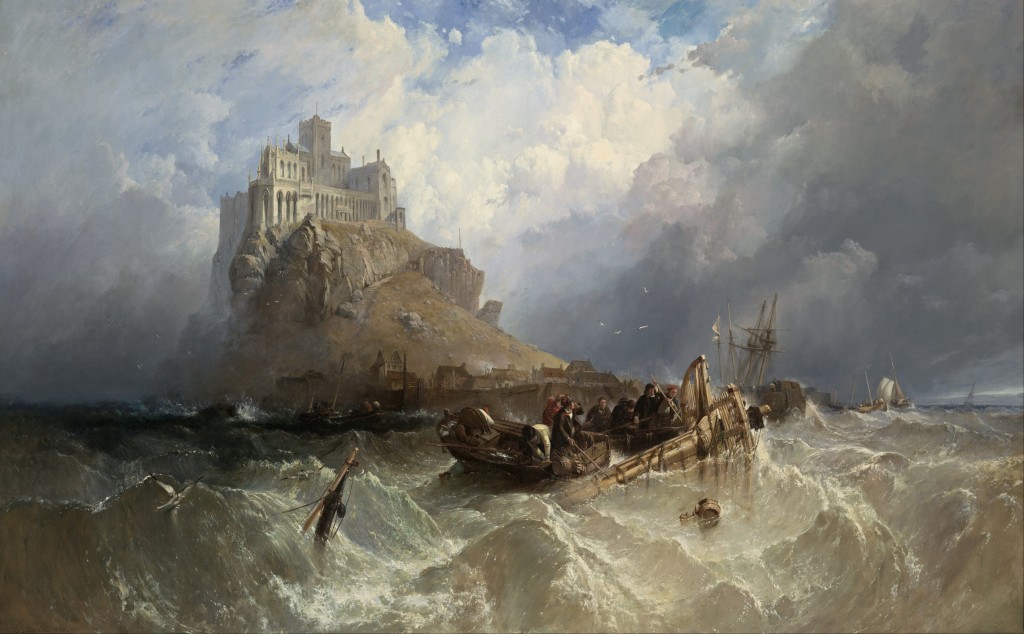Due to circumstances out of my control, I had to miss the second class of week one, but this wasn’t too awful. With clear communication and instruction, I went out on my own on Friday to The National Gallery of Victoria (NGV) to perform my own gallery ramble. Frequently visiting the gallery in my own free time, walking through it at my own pace was a blessing as I slowly began looking for works that incorporated elements of composition, diegesis and aspects of general cinematography. Interested in learning about these fundamentals, I tried to envision what the artist was trying to embody in the works. What was the artist feeling at that point in time? What were the sounds, the movement and the textures?
As I weaved in and out each gallery space, there were three paintings that really seized my attention and incorporated five different elements I wanted to investigate in my own future work. These included:
Title: ‘Siesta, La Siesta’
Artist: Pierre Bonnard
Year: 1900
The elements of this work that I was interested in was composition, diegesis and the overall mise en scène of the frame. Functioning with a soft male gaze, the oil painting directs the frame’s composition as a long shot of the woman, placing her at the center of the mise en scène. Unfurled on the bed with nothing on and a resting dog by her side, the diegesis of the painting extends Bonnard’s perspective of a somber siesta, perhaps in the hotter hours of the day. With soft highlights and natural textures, the nude painting is very domesticated and warm, a typical exploration in the Intimism art movement from the late 19th century. By taking domestic interiors as a subject matter, I’d love to explore this tenderness in my own work, commenting on the frame with a fleeting moment that marries these elements.
Title: ‘La Maison à Rueil’
Artist: Édouard Manet
Year: 1882
The elements of this work that I was interested in was mise en scène, symmetry and the composition of the frame. Illustrating an overgrown garden surrounding a house in Rueil, Manet was one of the first French painters to frame modern and post-modern life subjects in the early 19th century. Before transitioning from realism to impressionism in his early work, this oil painting provides a basic reflection of the world around Manet. Using a tree in the middle ground to draw out the foreground and background, the artwork uses the composition of the frame to craft the mise en scène of a verdant garden, using textures and light to add depth of field. By placing the tree in the center of the frame, the symmetry of the painting becomes numerous and ardent as imbalance is drawn from either side. Depicting the actuality of modern life through the mundane or normal, it is in these elements of visual direction that I’m drawn to, even without a character to provoke the frame and viewer.
Title: ‘Mount St Michael, Cornwall’
Artist: Clarkson Stanfield
Year: 1830
The elements of this work that I was interested in was movement, diegesis and mise en scène. Bursting with vitality in the textures and light of the scenes’ grandeur, I was immediately captured by the movement locked within the frame. Known for scene painting, the bold atmosphere of the artwork is solidified through Stanfield’s understanding of realistic composition and the essence of everything within the frame. Creating a picturesque subject and effect, his love for the sea and shipping is absolute; warming the deep wrath of the sea and the extensity of exercising everything within the frame. While I’ll be capturing no sea wreck, the perspective of Stanfield is raw and thick with possible diegesis in both character and setting. Incorporating the entire mise en scène is effectively what I intend to investigate in my own works.



